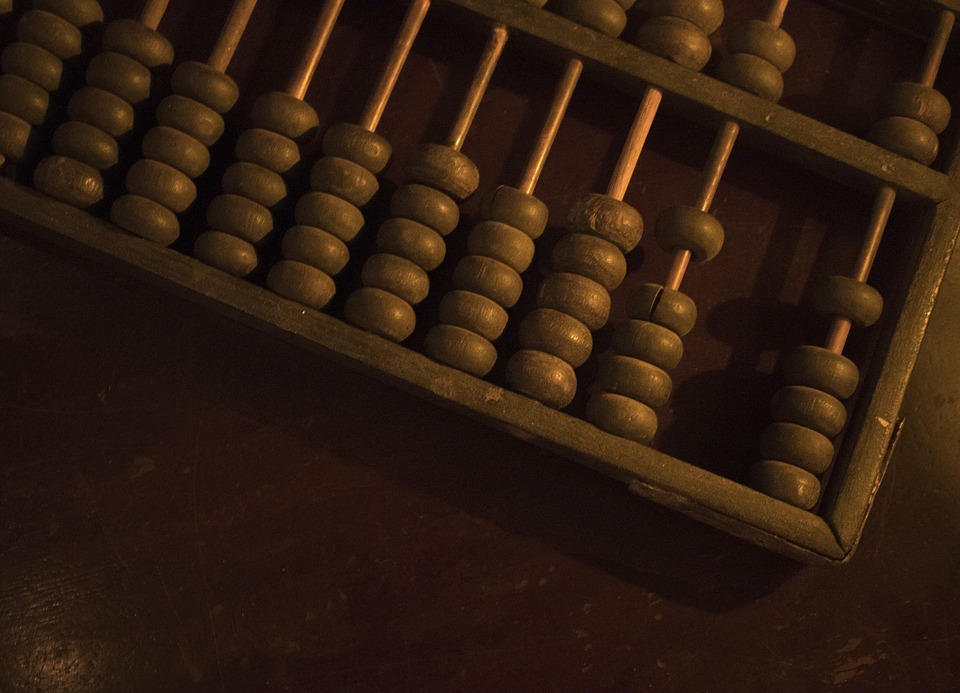How does an abacus work?
by Scott Dutfield · 06/08/2019

The ancient calculators that made complex sums simple
Before the invention of the written Hindu-Arabic numerical system that is still used worldwide today, ancient mathematicians performed complex calculations using an abacus. The device is thought to have evolved from the system of columns and markers used on Babylonian counting boards around 300 BCE, but it first appeared as it does today in China around 1200 CE.
The simple counting tool features a series of beads that can be moved up or down wires to represent numbers that are too large to be counted on the human hand. These days they have mostly been rendered obsolete by digital calculators, but they are still used by some shopkeepers in Asia to calculate each customer’s bill, as well as by the visually impaired.
Ancient arithmetic
Learn how to count using an abacus
This article was originally published in How It Works issue 102, written by Jo Stass
For more science and technology articles, pick up the latest copy of How It Works from all good retailers or from our website now. If you have a tablet or smartphone, you can also download the digital version onto your iOS or Android device. To make sure you never miss an issue of How It Works magazine, subscribe today!






